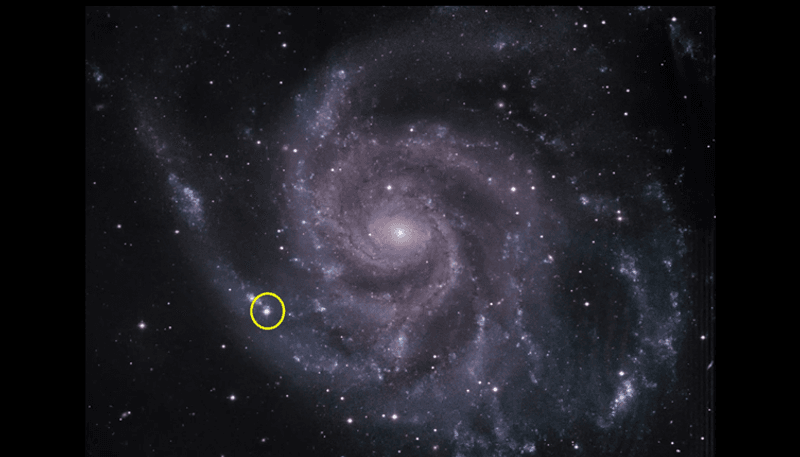There are many things in life that are difficult to explain. One of them is why the universe is made of matter instead of antimatter, substances with the same mass but opposite electric charge. There must exist a fundamental difference between matter and antimatter to explain what we see in the universe but we are yet to uncover what that is.
Now new research published in Nature provides the clearest indication yet that the difference can be found in the lightest particles of all: neutrinos. Neutrinos are elementary particles with no electric charge and are among the most abundant particles in the Universe. They hardly interact with anything. Every second, about 100 trillion neutrinos pass through your body without a care in the world.
There are three types, or flavors, of neutrinos, each with a corresponding antineutrino. However, neutrinos do not stay in their type but instead “oscillate” from one type to another. And the T2K (Tokai-to-Kamioka) Collaboration has produced evidence that neutrinos are better at oscillating between flavors than antineutrinos. This might be the key we need to understand why the universe ended up being made of matter instead of antimatter.
The findings reject the symmetry between neutrinos and antineutrinos with a 99.7 percent confidence level. This is high but it is not the gold standard expected in particle physics, which means it is an exciting indication but not a certainty.
"Our data continue to suggest that Nature prefers almost the maximal value of asymmetry for this process. It would be just like Mother Nature to have these seemingly insignificant, difficult to study, tiny particles be the driver for the existence of the universe," Dr Laura Kormos, senior lecturer in Physics at Lancaster University, head of Lancaster's neutrino physics group, and researcher at T2K, said in a statement.
The crucial difference is known in technical terms as the Charge-Parity (CP) violation. For quarks, the particles that make up protons and neutrons, this has been known since 1964, but the quark CP violation is not enough to explain why the universe is like this. If the CP violation is confirmed for neutrinos, however, then it could finally explain the mystery.
The collaboration will continue to collect data and refine the observations to better constrain the differences between neutrinos and antineutrinos, as well as work out better ways to run these observations.
"This result will help shape future stages of T2K and the development of next-generation experiments. It is a very exciting outcome from many years of work" added Dr Helen O'Keeffe, senior lecturer in Physics at Lancaster University and researcher at T2K.




